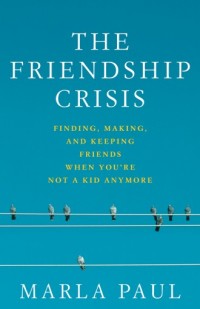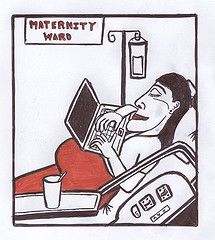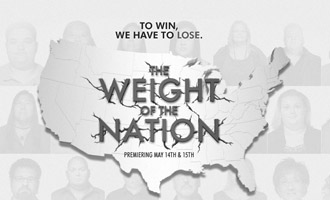
TSP’s Media Awards may have taken the summer off, but journalists and social scientists assuredly did not! We are excited to announce the winner of the May 2012 TSP Media Award for Measured Social Science:
“Paying for the Labors of Love,” Judith Shulevitz, The New York Times Sunday Book Review
In her engaging and thorough review of Arlie Russell Hochschild’s The Outsourced Self (the author was the subject of her own Citing in May 2012 with a New York Times Op-Ed), Shulevitz wrote:
I guess you’d call it popular sociology, but I think of it more as an act of mourning. …Hochschild’s look at how we meet some of our most personal needs with the aid of paid strangers doesn’t try to be exhaustive; goes light on figures and statistics; and, when itemizing the most outrageous advances in the market for love and care, never lapses into that magazine journalist’s tone of wry amusement. …Hochschild isn’t really interested in the extremes of the outsourced life. She wants to know what it feels like to be caught in the middle of it. An ethnographic sociologist rather than a quantifier of social trends, Hochschild elicits thoughtful reflections from ordinary people. Then she uses those reflections to chart the confusing intersections between commerce and private life…
By going on to engage Hochschild’s book and other, relevant sources (including novels that illustrate “the gulf between employers, who imagine that relations between themselves and their emotional delegates are mutually beneficial, and the employed, who grasp the cash they take is meant to make them invisible”), Shulevitz shows the deep literary knowledge and willingness to delve into even daring topics that earned her editorial roles at New York Magazine, Slate, and Lingua Franca, as well as bylines in The New Yorker, The New Republic, and more.
As we’ve said before, the choice of each month’s TSP Media Award is neither scientific nor exhaustive, but we do work hard to winnow our favorite nominees. In this case, we’ve actually chosen a piece that has not yet been featured on our site, though it is well-deserving of many a read. And, while we don’t have the deep pocketbooks to offer enormous trophies or cash prizes, we hope our informal award offers cheer and encouragement for journalists and social scientists to keep up the important (if not always rewarding) work of bringing academic knowledge to the broader public.








